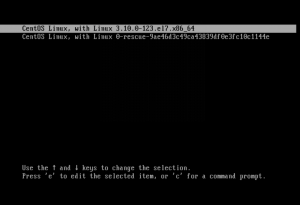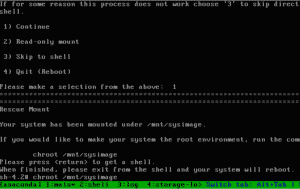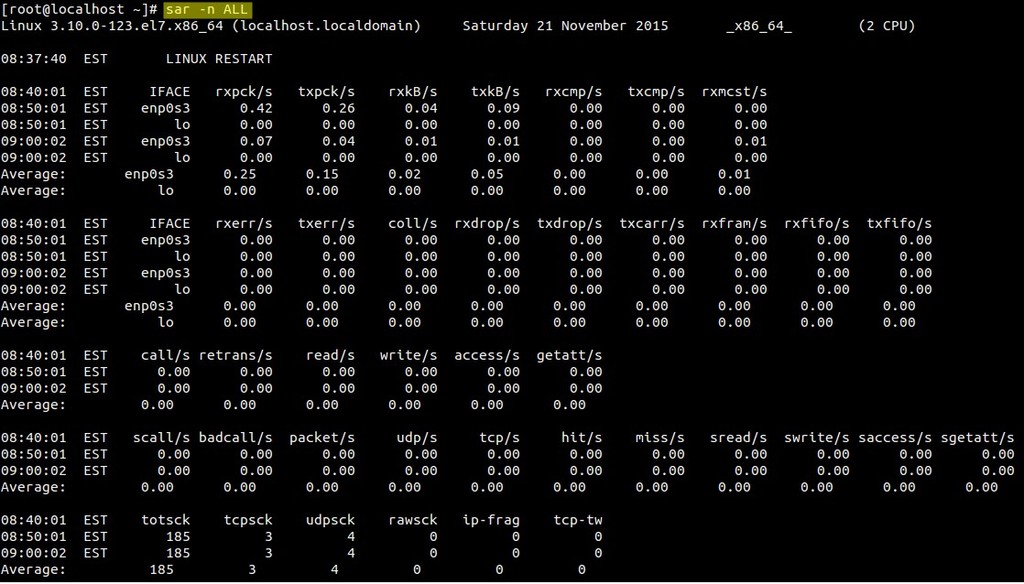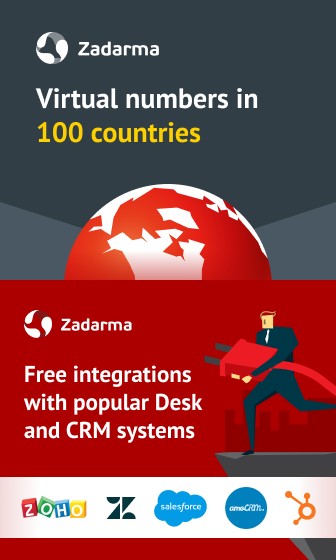Try to start firewalld service via the following command
|
1 |
systemctl start firewalld |
but get the following error after few seconds no response: firewalld.service: Start operation timed out. Terminating. firewalld.service: Failed with result ‘timeout’. systemd: Failed to start firewalld – dynamic firewall daemon.









